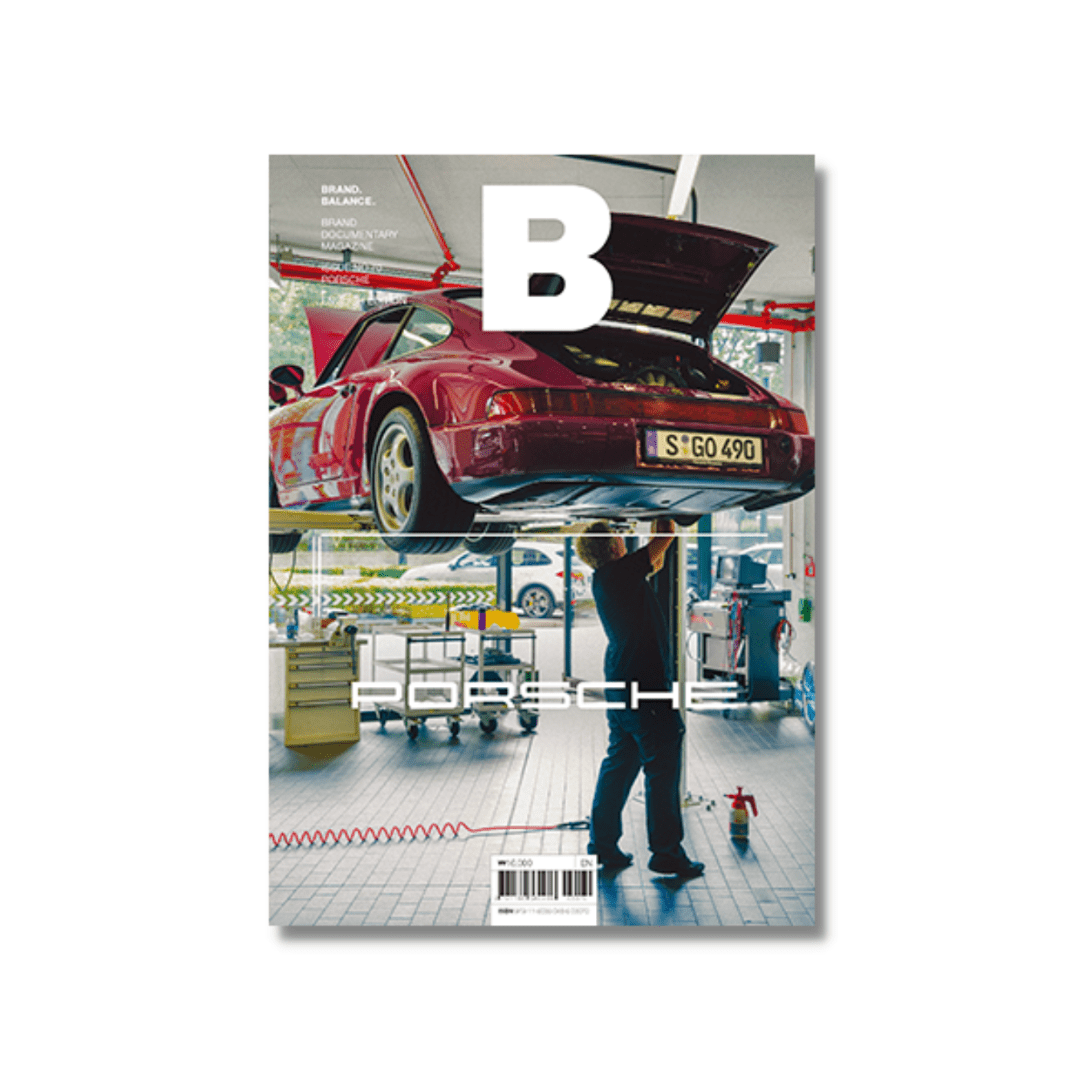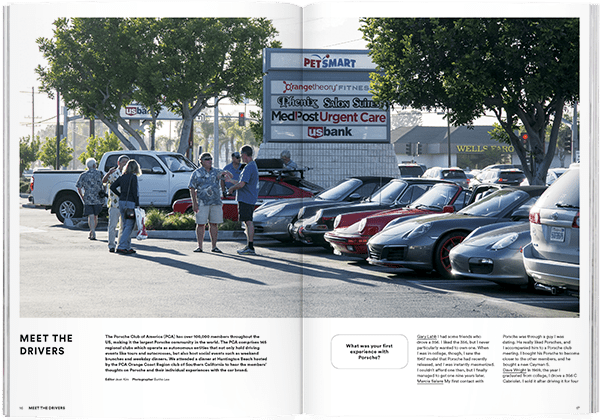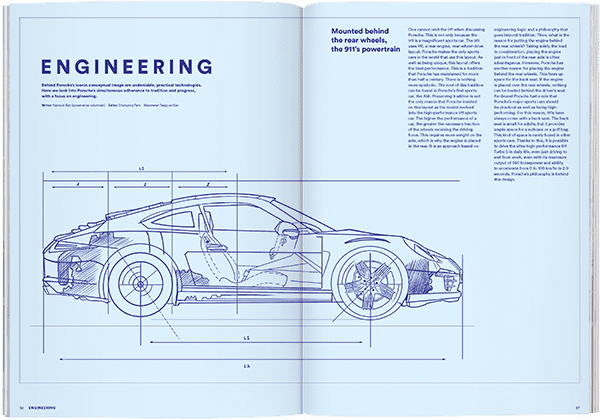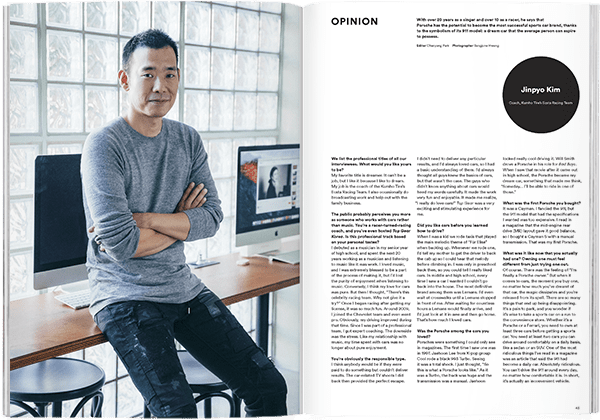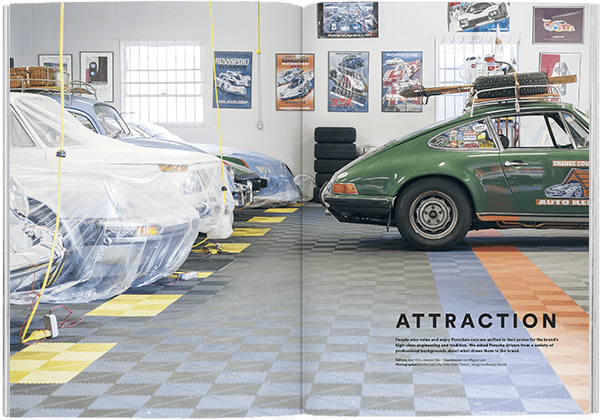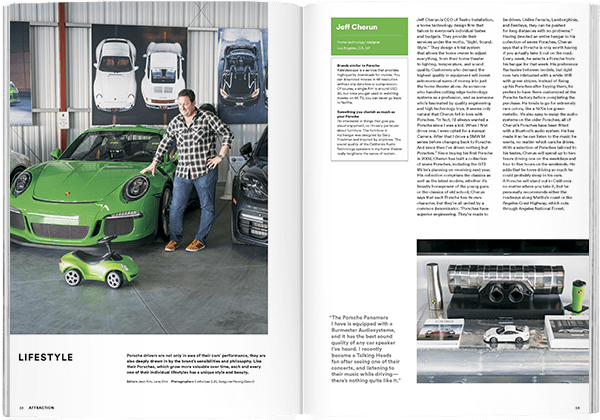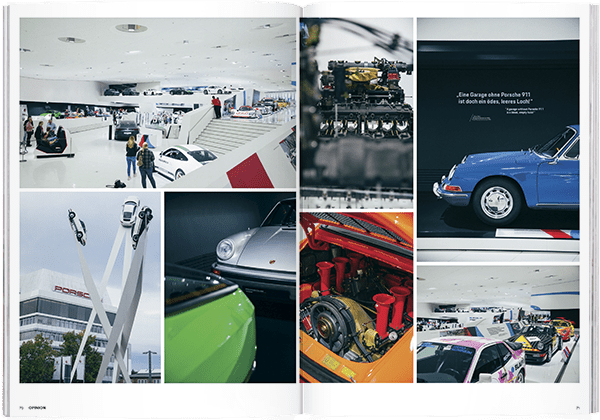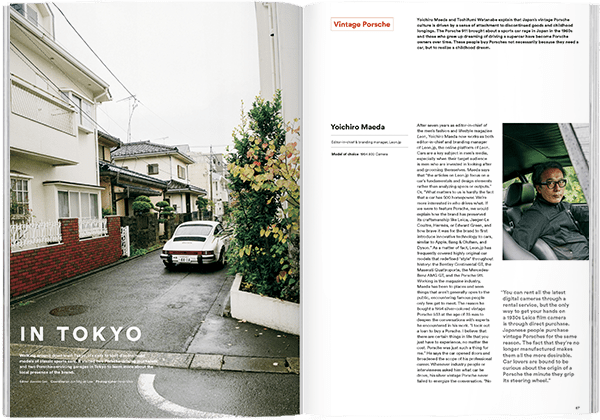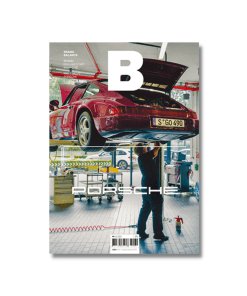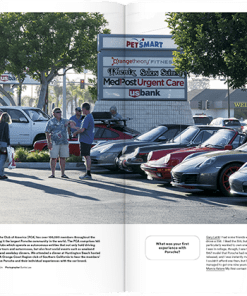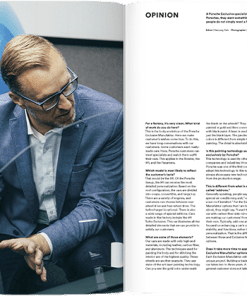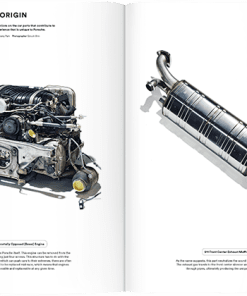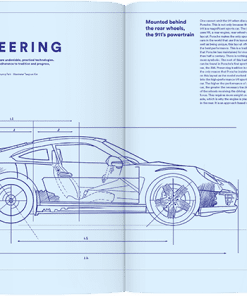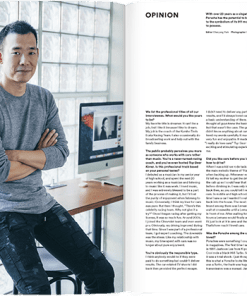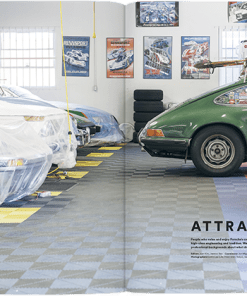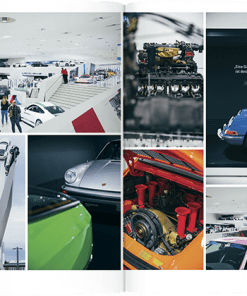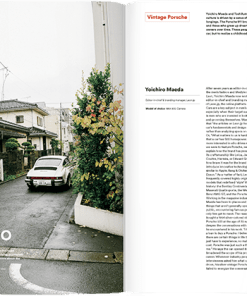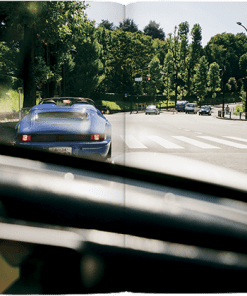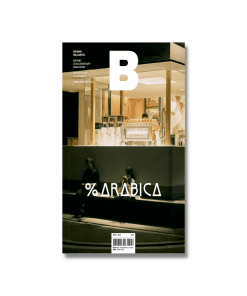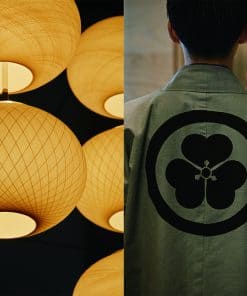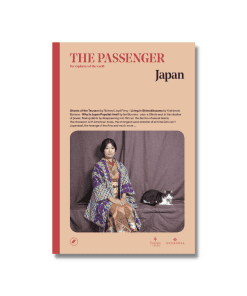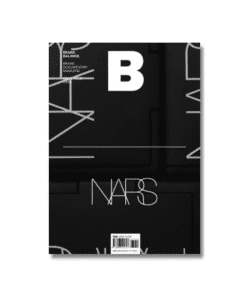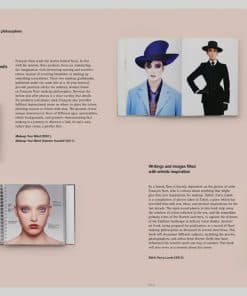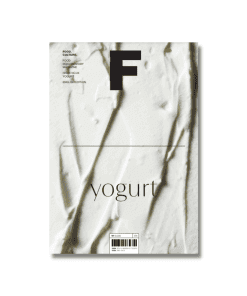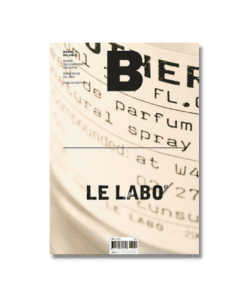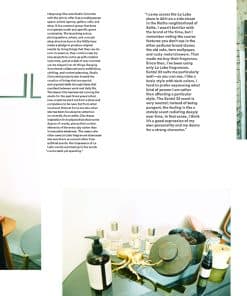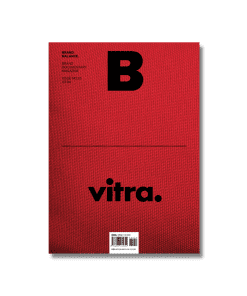Magazine B No.70 PORSCHE
480.000₫
Welcome to the 70th edition of B.
Sitting at the desk of a new company and scanning through the B editions lined up on the bookshelf, the monthly frenzy throughout the past seven years come alive ever so vividly. Through our past editions, subscribers who have shown an abiding interest and support for B remain our most pride-inducing accomplishment. Watching the magazine develop into a trusted brand and witnessing the birth of Still Books, the bookstore built on our collective ideas, I want to take this moment to thank my colleagues for making it this far, despite the difficulties along the way.
The brand featured this month is an automobile company which everyone is familiar with—Porsche. It’s a brand that has marked many well-known turning points in the history of automobiles. Being the expensive dream car of every man in the world, with its price as lofty as its stature, Porsche is a brand that not many people (considering its reputation) have had the pleasure of a hands-on experience. For most, it’s a brand that is more familiar as a poster that decorated their walls as youths. Needless to say, the name is synonymous with “success,” or the journey to it.
Fans describe the Porsche 911 Carrera as a practical sports car you can drive to work every day. In other words, along with the superior performance of a sports car, it also provides the comfort of a sedan. I believe that this sensibility—the exquisite balance between an ideal and reality—is the unique quality that makes Porsche the celebrated brand that it is today. In that sense, Porsche is not only a technology company manufacturing and selling high-performance vehicles, but is also a quintessential marketing agency that designs human desire.
Porsche is a symbol of the modern man’s materialistic dreams. Take Ben, for example, the protagonist of the Changdong Lee film Burning, who owns a Porsche 911: in almost every scenario portraying high-life living, a Porsche makes an appearance as a symbol of success. Nevertheless, as everyone knows, a car (as a means of transportation, which is its essential function) doesn’t necessarily need mind-blowing design or capacity. And for what it’s worth, not everyone who owns a Porsche looks cool. Rather, Porsche drivers have often been perceived as pompous blowhards. Regardless of the cars or clothes, coolness comes from knowing how to present yourself with an uncompromising style that suits your specific life.
But aside from however the image of Porsche is consumed, B wanted people to pay attention to the brand’s ability to deliberately beautify, commodify, and market human desire. Even in a price range far from that of automobiles, there are brands that cater to the vanities of everyday life—that come in the shape of cosmetics or even pens—and this is because it’s only natural that we surround ourselves with products that satisfy the different materialistic and intellectual appetites in our lives.
Beyond an understanding of Porsche as a luxurious, stylish brand, I hope that this edition of B offers a fresh perspective on the way the automobile company handles various human desires.
Publisher
Beginning in 1948 with the introduction of its first sports car, the 356, Porsche has retained its automotive DNA, epitomized by the iconic 911, while also successfully extending their premium image through SUVs, SUV crossovers, and sedans with the Cayenne, Macan, and Panamera. With masterful control in all areas of branding including engineering, design, customer management, and storytelling, Porsche is still firmly pioneering the 21st century luxury car market.
Cho phép đặt hàng trước

